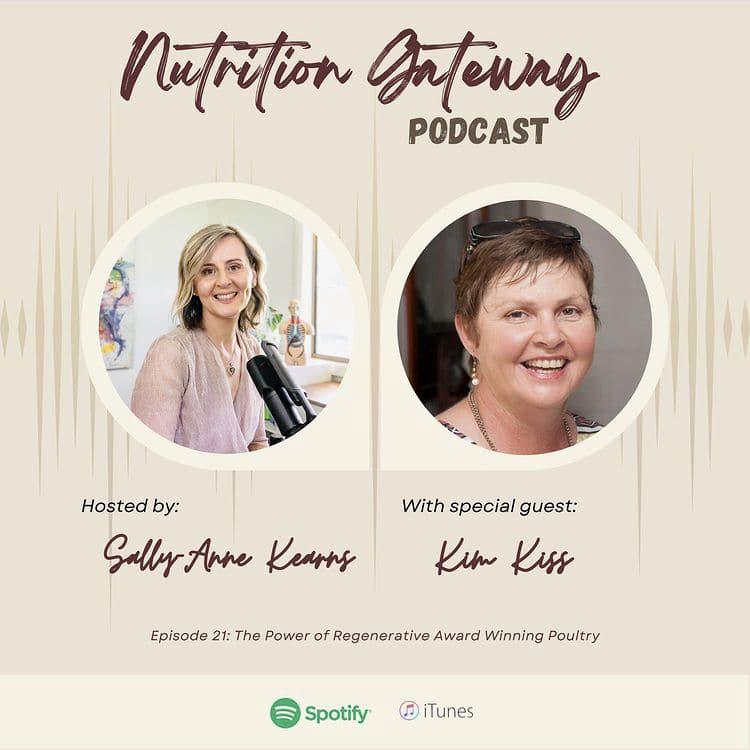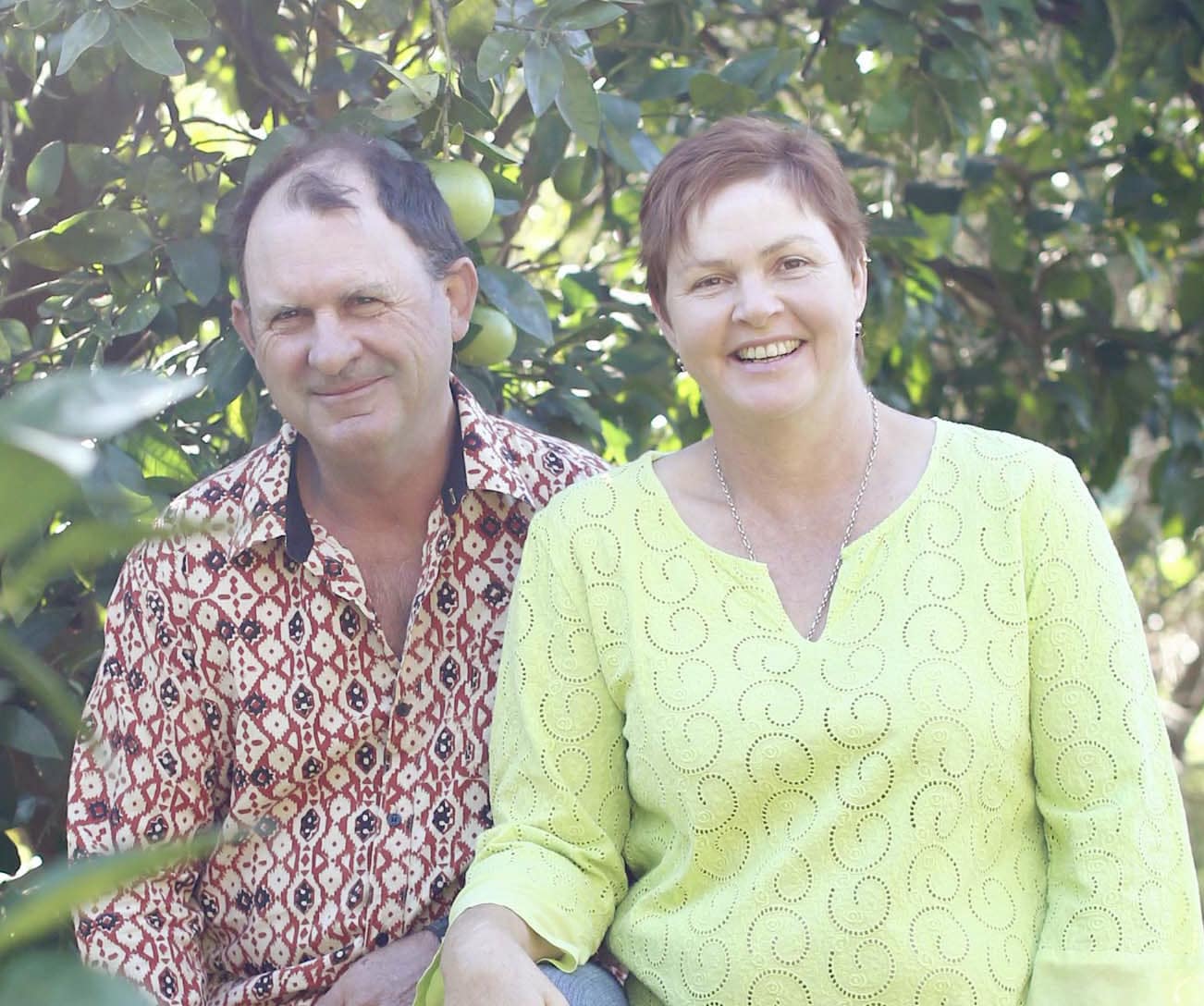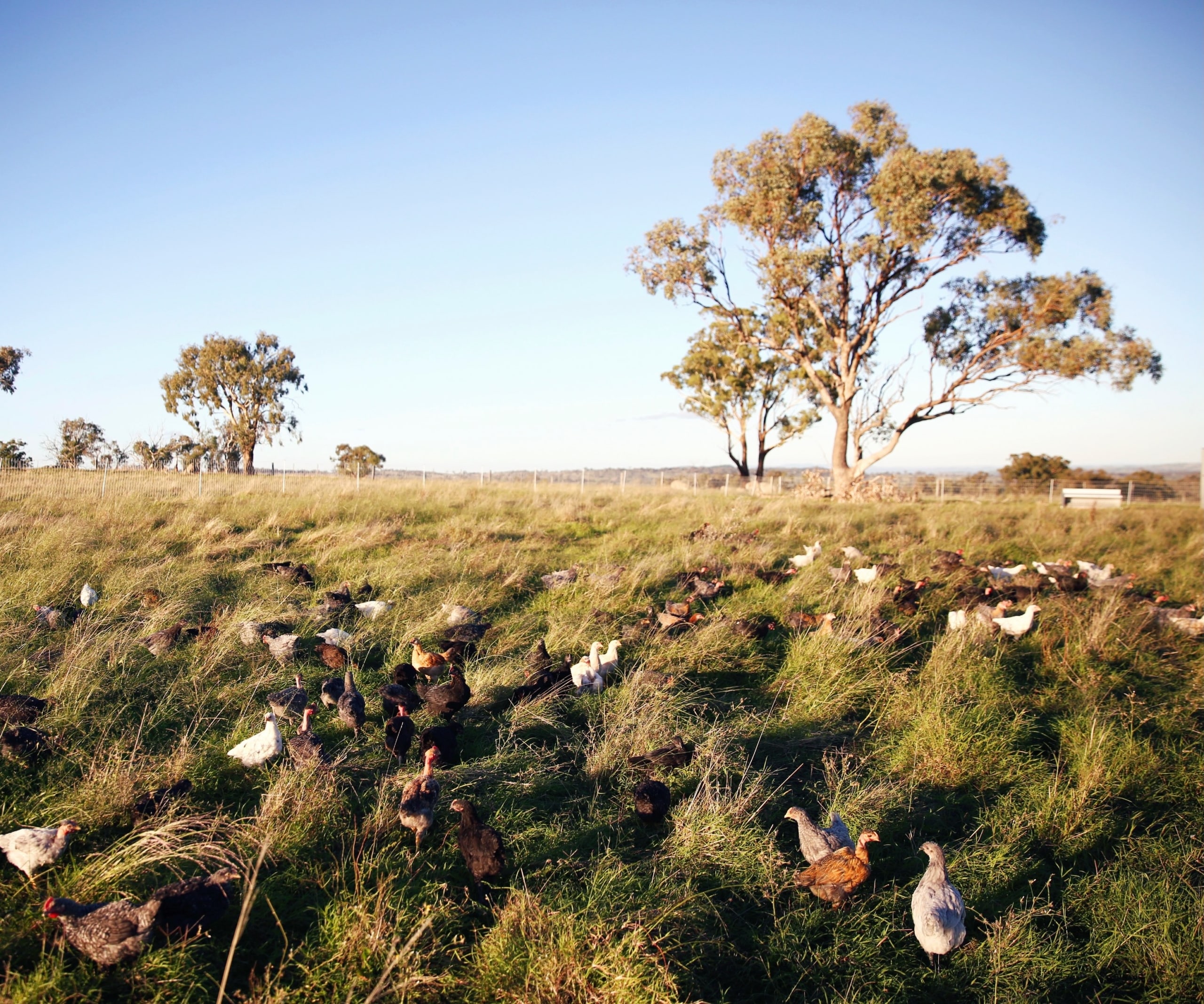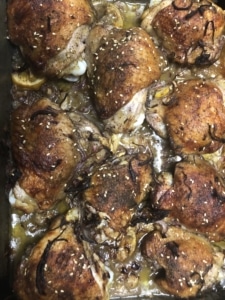AUTUMN 2023
Hello All,
We have had wonderful start to 2023 with lots happening on farm. We always seem to start these newsletters with a weather report, so why change that now. Last year’s Spring was quite warm and wet, though for this Autumn we haven’t have as much rain as we would like. So, we will need to keep an eye on our pastures and make sure we have enough grass for the stock we have on hand, a crucial step in our regenerative farming practices. Poultry is just one of our enterprises we also have cattle on our property “Meramie.” And like the chickens these cows are rotated through the paddocks ensuring that no animal remains in one area too long enabling us to look after our soils. So, besides the weather, what else has been happening on farm? We have had a constant flow of customers visiting the farm for tours, as well as a recent visit from the Sommerlad family. Who came to check in with our breeding program, we are always incredibly grateful for Michael Sommerlad’s support and advice.
I was humbled to be given the opportunity to be a part of International best-selling author Sally-Anne Kearns’ podcast “Nutrition Gateway” which I would highly recommend listening to. When Sally-Anne approached me to be a part of her podcast, I explained that it really would be best for her to visit the farm first so she could really experience what it is we do here. She eagerly agreed, we spoke about a myriad of topics. Reiterating some topics, we have previously talked about in past newsletters and as well as plenty of new stuff.
We first spoke about how we came to regenerative farming, as we have been following these practices since before regen farming was a thing. I grew up on a farm not far from our property, agriculture is in my blood and always knew that it would be the path I would pursue. I married the boy next door, well a few properties down (though it still counts), and we were incredibly privileged to have the process of succession to enable us to start our journey. Bryan’s father died when he was quite young, which presented us the opportunity of time, to be able to think about how we wanted Meramie to run long-term. In the mid-90’s when we had our first child, we started looking at the bigger picture, thinking about his succession and what we wanted our property and business to look like 30 years on, what we would be leaving behind. So, we went searching for alternatives, luckily for us one of our neighbours and good friend had just done a course with Terry McCosker’s, GFP (Grazing for Profit), and suggested we give it a try as it was right up our alley. It ticked all our boxes; minimal inputs, building our landscapes, looking after our soils, providing a space we’d want to raise our children on and the time to do so.
Sally-Anne and I also spoke about changing the narrative of the “hard done by farmer.” When done right, agriculture can be profitable and a viable living. We want our young people to know that this can be a satisfying career path. From the outside looking in farming does look so pre-determined by external factors (rain, dry spells, fires, plagues etc). Though that doesn’t have to be the case, farming doesn’t have to be reactive, we set plans months in advance. It can be quite technical – we can look out our Autumn rainfall and know if we will have enough pasture feed to get through Winter. Because we have been following regenerative practices for 30 years this is not new to us, we are constantly de-stocking and restocking our sheep and cattle, knowing how much grass we have ahead of us, making plans. A lot of farmers choose to do things differently to us and are much more hesitant to destock in the dry spells and choose to purchase feed for them and hold out for rain. We love our stock and are very emotionally attached, but know they are not irreplaceable. We would never want them to suffer and know prioritising animal welfare over sentimentality is the way to go. We also know that our Sommerlad chickens are designed for tough Australian conditions and will thrive in all different seasons. So, we know that when done right we can have a steady cash-flow from this enterprise without having to compromise any of our values or animal welfare. It was one of the reasons we started doing poultry in the first place.
On the podcast we also covered the differences between conventional systems and what we do here on our regenerative farm. For us we are all about transparency as we want the consumer to really stop and question where your food is coming from, and how it is grown. On our website (at the bottom of the About Us page) we have a very helpful table that compares what we do with what goes on in those large, industrialised farms. It’s our genetics that really sets us apart, we use the Sommerlad breed which took 25 years to develop, focussing specifically on creating a bird that could thrive outside in Australia’s extreme conditions. Which means they are able to live the way nature intended, making medications and chemicals unnecessary for us. We do not need those additional input costs, nature has sorted it for us. Which means that you as a consumer also don’t have to worry about putting that into your body. Likewise, because we have our own purpose-build processing facility we can decide how they are processed, which means no chlorinated water baths. What we do here is very bespoke, considered, and different, taking our cues from the landscape.
Another topic we covered which I haven’t spoken about much before is my Landscape Energy work. Some of you will know that I am a trained Dawson Vibrational Kinesiologist. I was also given the opportunity to do an apprenticeship with Dr Patrick MacManaway in subtle energy. Which I practice on our property as well as being employed to facilitate others on their farms. Most farmers are already connected to their landscape without realising it, they have that sixth sense to go check that extra paddock, that something or someone may need extra help that day. It’s all about helping them tap into this, enhancing it. Sally-Anne said in the podcast “We are more than the food we eat; we are the thoughts that we have, the energy systems within our body” and taking that back to our food systems is so important. It’s all about gratitude and unconditional love, the healthier the animals we consume the healthier we are.
If you would like to hear more, I’d recommend listening to the podcast. Here is the link, (click here) otherwise it can be found on Spotify or all your usual podcast apps.
Our recommended recipe this time round is from Ottolenghi’s The Cookbook, feel free to check it out (click here)
With Gratitude,
Kim Kiss, Grassland Poultry







